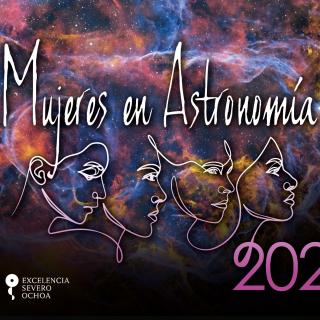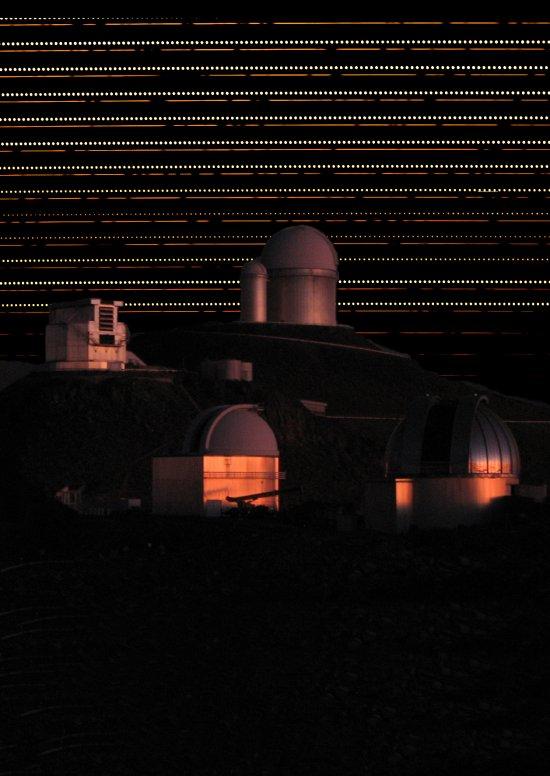It may interest you
-
 Massive stars in metal-poor galaxies often have close partners, just like the massive stars in our metal-rich Milky Way. This has been discovered by an international scientific team in which research staff from the Instituto de Aastrofísica de Canarias (IAC) and the Universidad de La Laguna (ULL) participate. They used the European Very Large Telescope in Chile to monitor the velocity of massive stars in the Small Magellanic Cloud. The research is published in Nature Astronomy . For the past twenty years, astronomers have known that many massive stars in the metal-rich Milky Way have aAdvertised on
Massive stars in metal-poor galaxies often have close partners, just like the massive stars in our metal-rich Milky Way. This has been discovered by an international scientific team in which research staff from the Instituto de Aastrofísica de Canarias (IAC) and the Universidad de La Laguna (ULL) participate. They used the European Very Large Telescope in Chile to monitor the velocity of massive stars in the Small Magellanic Cloud. The research is published in Nature Astronomy . For the past twenty years, astronomers have known that many massive stars in the metal-rich Milky Way have aAdvertised on -
 The PLATO (PLAnetary Transits and Oscillations of Stars) space mission, led by the European Space Agency (ESA), has recently completed one of the most delicate phases of its development: the integration of its main components, the 26 scientific cameras and the service module that houses all the instrument's acquisition, processing, and control electronics. This stage, carried out at the facilities of the aerospace company OHB in Germany, marks a fundamental step toward the launch scheduled for December 2026 from French Guiana aboard an Ariane 6 rocket. “Almost eight years after ESA gave theAdvertised on
The PLATO (PLAnetary Transits and Oscillations of Stars) space mission, led by the European Space Agency (ESA), has recently completed one of the most delicate phases of its development: the integration of its main components, the 26 scientific cameras and the service module that houses all the instrument's acquisition, processing, and control electronics. This stage, carried out at the facilities of the aerospace company OHB in Germany, marks a fundamental step toward the launch scheduled for December 2026 from French Guiana aboard an Ariane 6 rocket. “Almost eight years after ESA gave theAdvertised on -
 The project “ Habla con Ellas: Mujeres en Astronomía” (Talk to Them: Women in Astronomy) of the Instituto de Astrofísica de Canarias (IAC) begins today its seventh edition in Spain as part of the celebrations of the International Day of Women and Girls in Science. Aimed at the Spanish educational community, it seeks to create new professional role models in science and technology, as well as to inspire new generations, especially girls, to follow in their footsteps. In this edition, the project will feature 36 female astrophysicists, engineers and technologists from the IAC, the CanaryAdvertised on
The project “ Habla con Ellas: Mujeres en Astronomía” (Talk to Them: Women in Astronomy) of the Instituto de Astrofísica de Canarias (IAC) begins today its seventh edition in Spain as part of the celebrations of the International Day of Women and Girls in Science. Aimed at the Spanish educational community, it seeks to create new professional role models in science and technology, as well as to inspire new generations, especially girls, to follow in their footsteps. In this edition, the project will feature 36 female astrophysicists, engineers and technologists from the IAC, the CanaryAdvertised on
